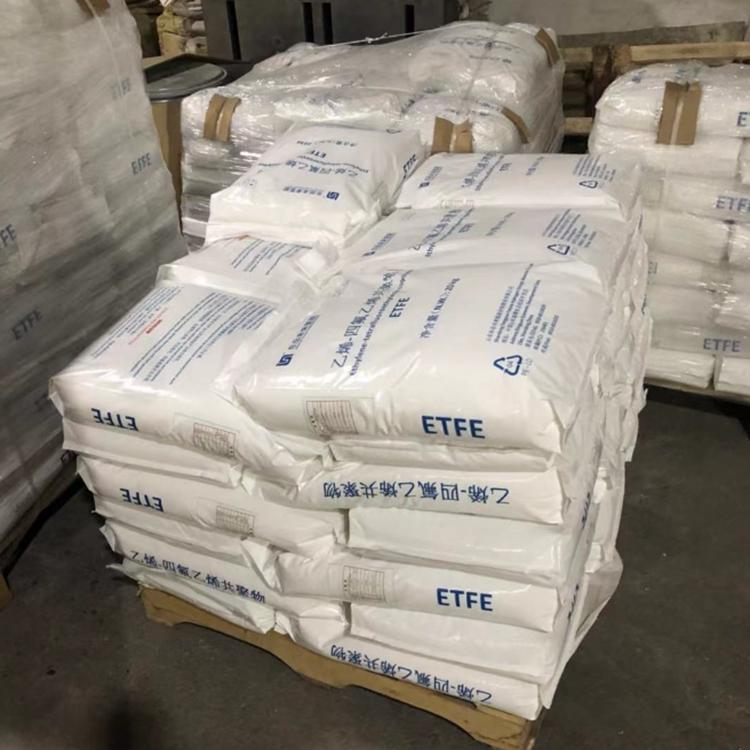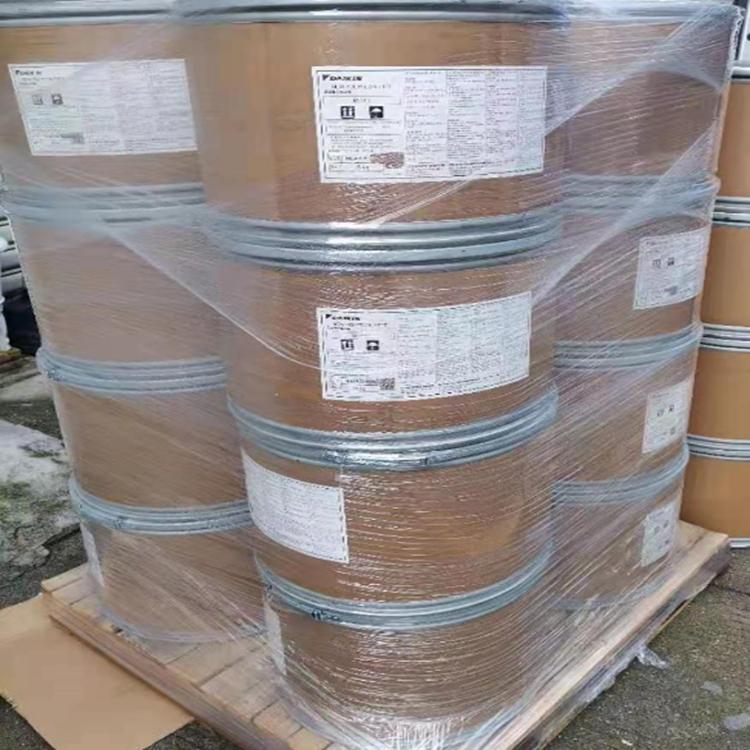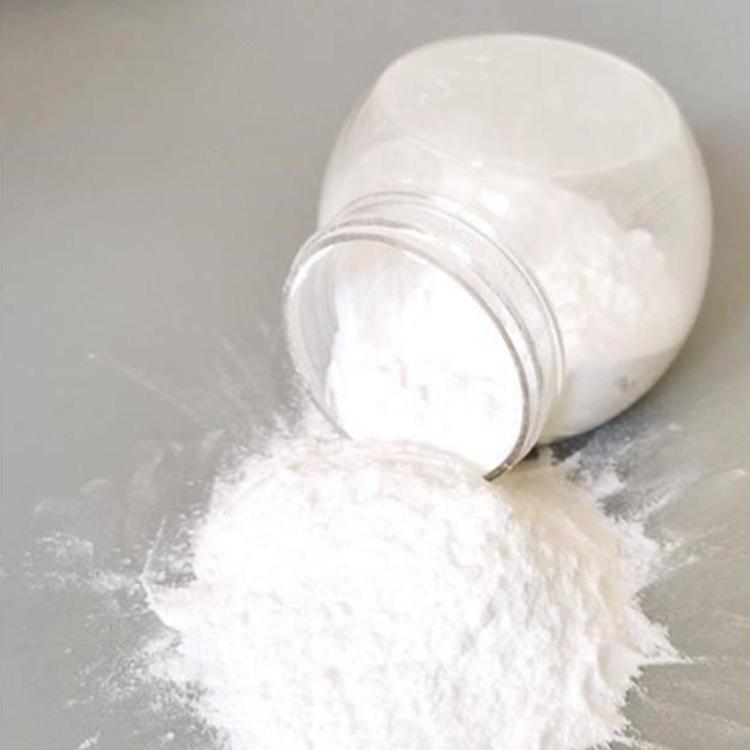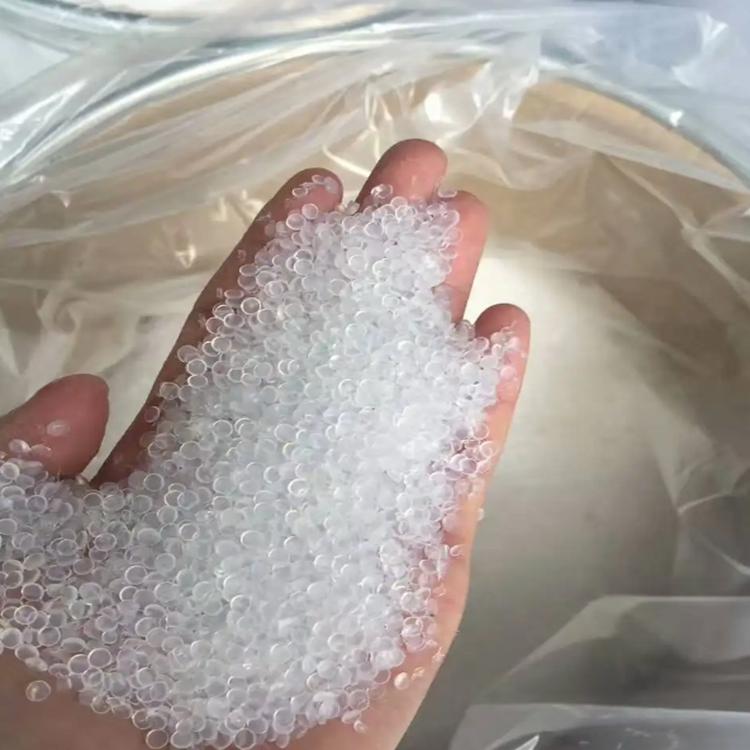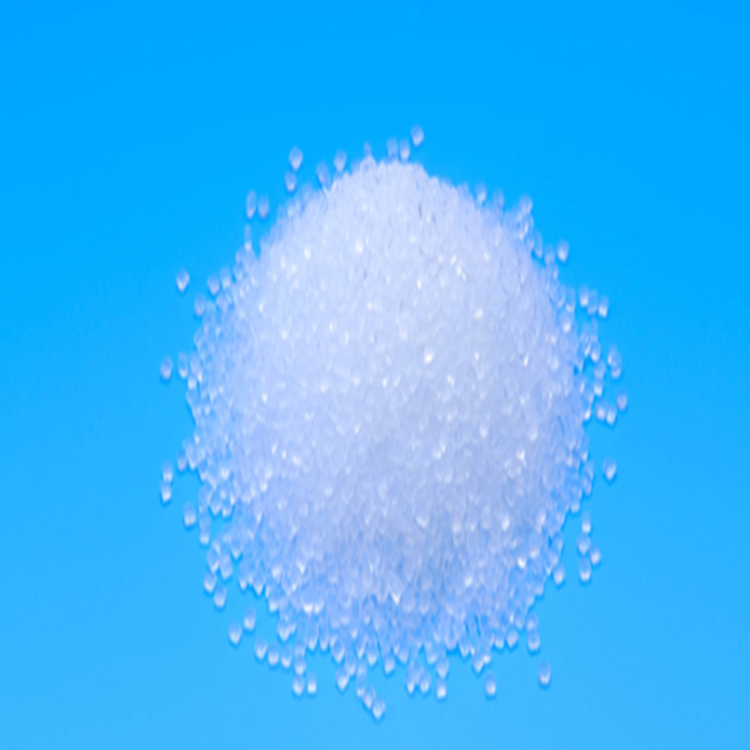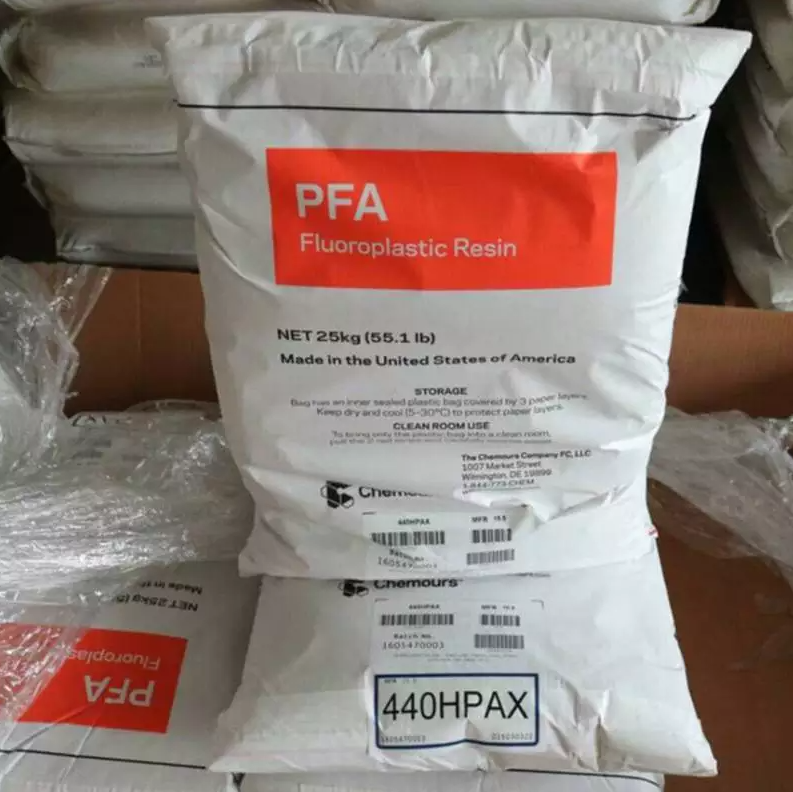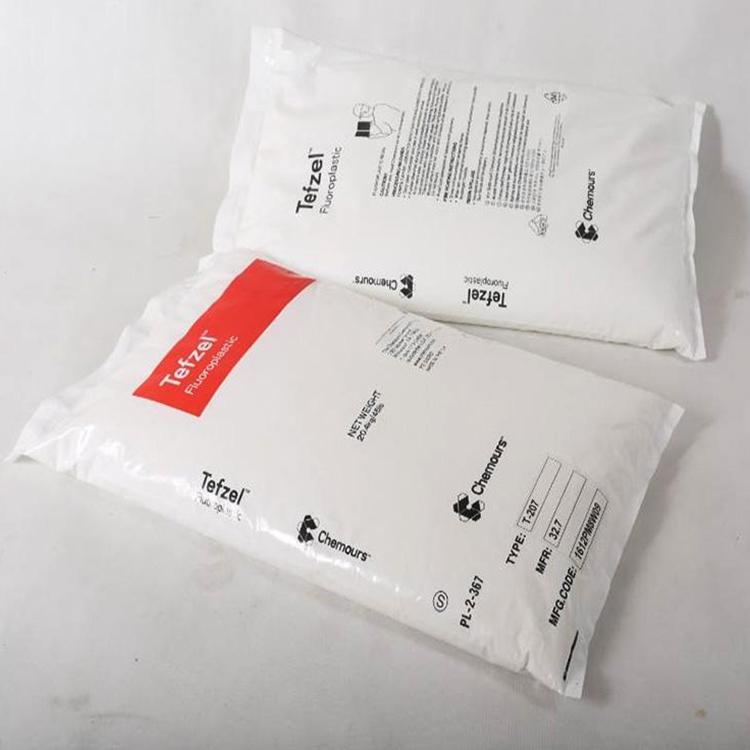Comprehensive Guide on Ethylene Tetrafluoroethylene (ETFE)
Ethylene Tetrafluoroethylene (ETFE) is a melt processable, fluorine-based plastic designed to have high corrosion resistance and strength over a wide temperature range. The crystallinity of ETFE ranges from 40-60%. The mechanical properties of ETFE are superior to those of PTFE and FEP but it is less flexible than PTFE. It is widely used in the chemical, electrical/electronic, construction, architectural, and automotive industries.
What is Ethylene Tetrafluoroethylene (ETFE)?
Fluoropolymers is the class of polymer materials which contain fluorine atoms in their chemical structure. There are two types of fluoropolymers:
- Perfluoropolymers – In this polymer type, all the hydrogen atoms in the analogous hydrocarbon polymer structures were replaced by fluorine atoms
- Partially Fluorinated polymers – While, in such polymers there are both hydrogen and fluorine atoms in the polymer structures
After successful development and commercialization of several fluoropolymers i.e. PTFE, PCTFE, FEP, PVDF, ECTFE… In 1973, the Ethylene Tetrafluoroethylene (ETFE) was commercialized by DuPont. ETFE is a partially fluorinated copolymer of ethylene and Tetrafluoroethylene (TFE).
TFE and ethylene have a strong tendency to alternate during polymerization, thus, ETFE resins are composed mainly of alternating sequence of the two monomers and have following structure: 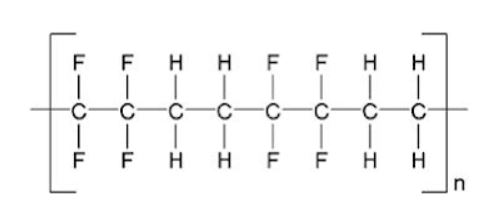
- Molecular Structure of Ethylene Tetrafluoroethylene
- Chemical Formula: (C4H4F4)n
The crystallinity of ETFE ranges from 40% to 60%, and it has a melting temperature of 225–300°C depending on the comonomer ratio and the processing method. Further, the ratio of the two monomers are varied to obtain several grades of ETFE with optimized properties for specific end applications.
ETFE copolymers are basically alternating copolymers, and in the molecular formula, they are isomeric with polyvinylidene fluoride (PVDF) with head-to-head, tail-to-tail structure.
ETFE has excellent electrical and chemical properties. ETFE is especially suited for applications requiring: - High Mechanical Strength
- High Chemical Resistance
- Superior thermal and electrical properties
The mechanical properties of ETFE are superior to those of PTFE and FEP (perfluoroalkoxy resins). It is also important to note that to modified ETFE copolymers are superior to PVDF with the exception of PVDF’s remarkable piezoelectric and pyroelectric properties.
Typical Characteristics and Properties of ETFE
ETFE has the best of all fluoropolymers the wear resistance, the impact toughness and radiation resistance. ETFE is melt processable. The mechanical properties of ETFE are similar to those of fully fluorinated polymers.
ETFE [poly(ethene-co-tetrafluoroethene); CAS: 25038-71-5] has:
- Excellent resistance to extremes of temperature
- Excellent chemical resistance
- Good mechanical strength with excellent tensile strength and elongation. It has superior physical properties compared to most fluoropolymers
- With low smoke and flame characteristics, ETFE is rated 94V-0 by UL
- It is odorless and non-toxic.
- Exhibits outstanding resistance to weather and aging, Exception UV transmission
- Excellent dielectric properties.
- Its radiation resistance is high with the advantage of being cross-linked by high-energy radiation. The radiation cross-linked ETFE wire insulation can be continuously used at 200 °C.
ETFE is less flexible than PTFE, but has superior impact strength, abrasion and cut through resistance. Addition of a third component to the chemical structure creates a modified ETFE. For example, ETFE modified by glass fiber reinforcement is tougher and stiffer and has higher tensile strength than PTFE, PFA or FEP. ETFE has a working temperature range of -200°C to 150°C.
Let’s check out property comparison between different fluoropolymers:
| Fluoropolymer | Produced First in | Melting Temperature°C | Tensile ModulusMPa | Elongation at Break% | Dielectric StrengthkV/mm | Use Temperature% |
| PTFE | 1947 | 317-337 | 550 | 300-550 | 19.7 | 260 |
| PCTFE | 1953 | 210-215 | 60-100 | 100-250 | 19.7 | 200 |
| FEP | 1960 | 260-282 | 345 | ~300 | 19.7 | 200 |
| PVF | 1961 | 190-200 | 2000 | 90-250 | 12-14 | 110 |
| PVDF | 1961 | 155-192 | 1040-2070 | 50-250 | 63-67 | 150 |
| ECTFE | 1970 | 235-245 | 240 | 250-300 | 80 | 150 |
| ETFE | 1973 | 254-279 | 827 | 150-300 | 14.6 | 150 |
| THV | 1996 | 145-155 | 82-207 | 500-600 | 48-62 | 93 Although, ETFE has some limitations: |
- High cost
- Maximum use temperature lower than other fluoropolymers (150°C)
- Attacked by oxidizing acids, amines and sulfonic acids
- High density
- Toxic smoke emission
- Limited number of grades available
How is ETFE Made?
ETFE is a partially fluorinated straight-chain polymer with very high molecular weight. It is produced by free-radical polymerization mechanism in a solvent or a hybrid (a solvent/aqueous mixture) media, using an organic peroxide initiator. Copolymerization of TFE and ethylene proceeds by an addition mechanism. It normally includes an additional termonomer to increase the flexibility required in commercial applications.

Free Radical Polymerization for ETFE Production
Due to the risk of explosive decomposition reaction, the copolymerization of ethylene and TFE must be conducted in special vessels at low pressure.
Suspension polymerization is generally carried out in an inert chlorofluorocarbon solvent using fluorinated peroxides as initiator and methanol as a chain transfer agent.
Methods to Process ETFE
ETFE can be easily processed by all standard thermoplastic processing methods such as injection molding, compression molding, blow molding, rotational molding, extrusion, and wire coating.
Process equipment for fluoropolymers must be made from corrosion-resistant alloys because of the corrosive compound that may be produced when they are heated above melting points.
- Processing temperature: 290 to 340°C
- Drying is recommended but not necessary
- Injection Molding: A mold temperature of 65-150°C is recommended
- Extrusion: Extruder barrels should be long, relative to diameter, to provide residence time for heating the resin to approximately 345°C

